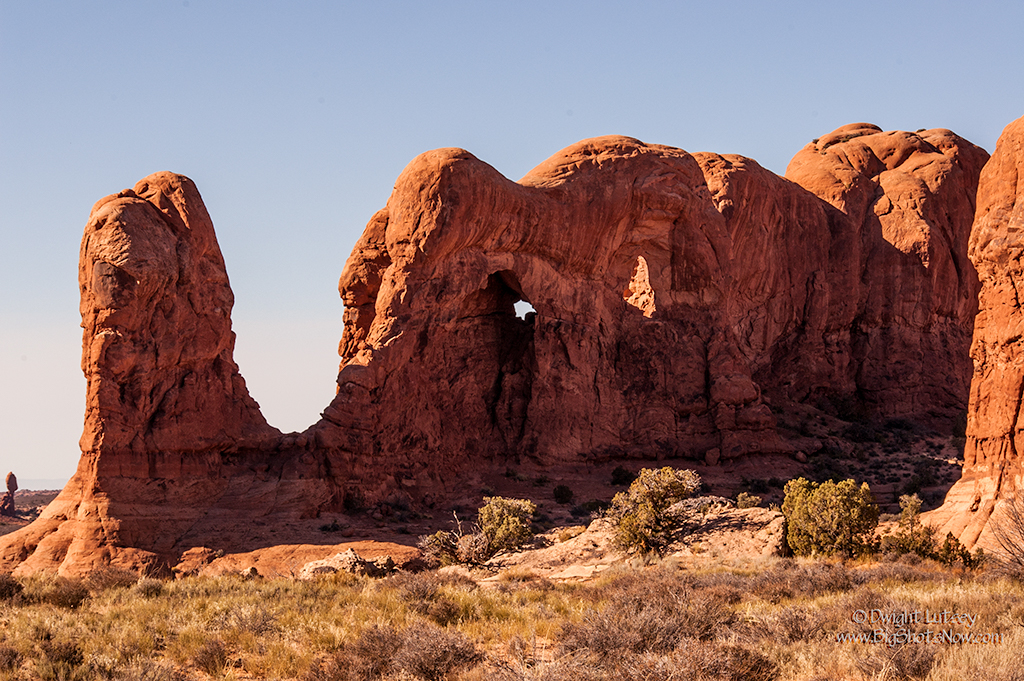
As you all know if you’ve watched the Animal Channel at all, is that big things once roamed this land we live on. Really big things, like totally humongous things that were Elephant shaped. Only our modern elephants would look like these guys calves if they stood next to them. Mini-mammoths if you will. Then they died and turned into fossils that we go out and dig up if we can get the proper funding.
The largest that we currently know about is the Mammoth Columbi (Mammuthus primigenius). Even its name is big. It was like several of those double-decker busses that they have in London put together. Mammoths lived in the Pleistocene epoch, or about 400,000 years ago which as you also know, is about 382,000 years before the Earth was formed. Our scientists, which are pretty smart guys, are still trying to figure that one out.
However regardless of niggly little facts like that it cannot be disputed that they were here. We got their bones. You can go to any Mammoth Bones display place and for a small fee walk right in and see them. Some places even let you touch them if you’re careful. Can’t hardly argue with that even if you are really bull-headed. So far with the limited funding we’ve been able to scrape up we have only been able to unearth the skull and part of its trunk and the shoulders. We hope to work on getting the tusks revealed soon. Perhaps with a new administration our funding will be restored.
But what a lot of people do not know, even if they are avid watchers of mammoth based shows on the tube, is that there were once even larger mammoth kind of things walking the earth, way earlier than when the regular run-of-the-mill mammoth columbi were out and about. I’m not even sure how that fits in with the time line of when the Earth was formed. I know it sure throws a monkey wrench into the logic, but then that stuffs hard to figure out when you’re limited by really dumb facts.
What we do know however is that back when these really big guys were walking around, give or take several hundred thousand years, they were the biggest animals to live on the earth whether it was here or not. (We try not to take sides when we’re having a serious scientific discussion about this stuff.) How do we know that? Why are we so sure? Because we found one. Not a live one mind you, but a dead one that had the good graces to stay out in the open where you can see it, touch it, walk around it if you have the time, stick your tongue on it and taste it ( it tastes like chicken) and generally be amazed and in awe of its overall size. That’s what you are viewing in the excavation photo above.
The size of this unnamed beast, we are proposing mammoth dwighticus horribilis hoping the fossil naming society will accept it, is close to unbelievable. That trunk sticking up out of the ground could very likely pick up your average sized office building. The tusks are buried in the ground but you can still get some idea of their size as several hundred feet away there is one point sticking up out of the ground. It is taller than your average basketball player and you can’t even chunk a rock from the base of its skull and hit the tip of it.
There is a lot that is unknown about these big mammoth animals but we can surmise a few things. They ate grass. One of the reasons there is very little vegetation left in the areas where these remains are often found is that these guys ate it all. We know that the smaller, more dainty Mammoth Columbi ate up to 400 lbs. of grass and vegetation a day so you can imagine what these big fellas ate. We figure each molar alone was the size of Volkswagen Jetta, the diesel one not the gas model.
Also many of the small pockets of water, little ponds, small lakes and such were likely caused by water filling in their hoof prints or their dust wallows. Like modern buffalo or elephants these mammoths had to roll around in the dirt to remove parasites and sand burs. Just thinking about how big the ticks must have been to fasten on to one of these guys is enough to give you the heebie-jeebies. We also think that they were Vegan, prone to bump into things, but social if clumsy animals. We don’t think astrology played an important part in their lives. They may have used the Julian calendar but our guess is that they figured time by how long it took to consume several cubic tons of fodder, then make it to the nearest water hole and drain it dry. That may be why this one became dead. He was late to the water hole. No water, no life.
If you’re still a skeptic and we know that there are some of you out there, just go to Arches National Park and Mammoth burial grounds and see for yourself. Sometimes fiction is stranger than life.

You must be logged in to post a comment.